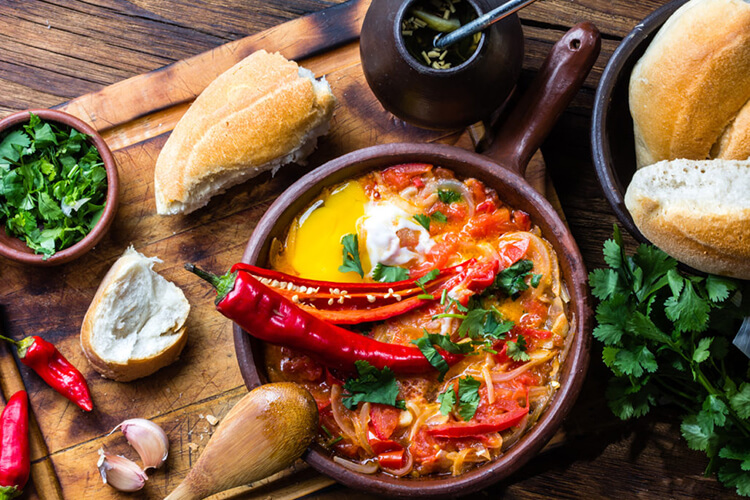Non-spicy Vietnamese dishes are a delightful part of the country’s culinary landscape, perfect for travelers with a sensitive stomach or those who prefer to avoid chili. Vietnamese cuisine is celebrated for its fresh ingredients, vibrant flavors, and healthy cooking methods—not for overwhelming heat. While some may wonder, “Is all Vietnamese food spicy?” the answer is a comforting no.
In fact, many of Vietnam’s most iconic dishes are naturally mild. Unlike some Asian cuisines that rely heavily on chili, Vietnamese food focuses on harmony—balancing sweet, salty, sour, and umami flavors—with spice often served on the side. Whether you’re exploring Vietnamese food for the first time or specifically looking for non-spicy Vietnamese dishes, this guide will point you in the right direction.
🥣 1. Pho – Vietnam’s National Noodle Soup
Perhaps the most iconic of all Vietnamese foods, pho is a great introduction to the cuisine. This noodle soup features a clear, fragrant broth made by simmering beef or chicken bones with spices like star anise, ginger, and cinnamon—none of which are spicy.
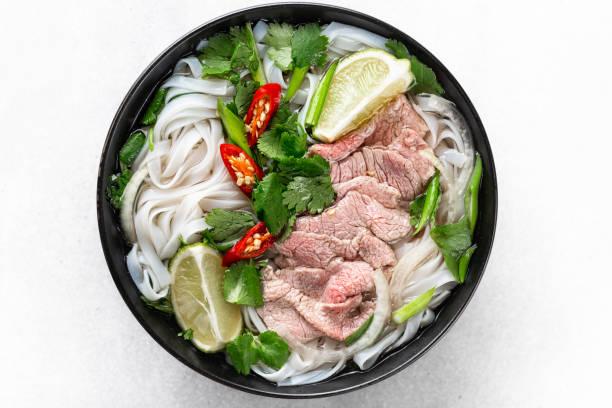
You can enjoy:
-
Pho Bo (beef noodle soup)
-
Pho Ga (chicken noodle soup)
Chili is available on the side, so you can skip it entirely. It’s the perfect dish for travelers seeking Vietnamese food for sensitive stomachs.
🥖 2. Banh Mi – The Vietnamese Baguette Sandwich
Banh mi is a fusion masterpiece: a French-style baguette filled with savory meats (like pork or grilled chicken), pickled vegetables, herbs, and pâté. While chili sauce is often added, you can simply say “không ớt” (no chili) when ordering.
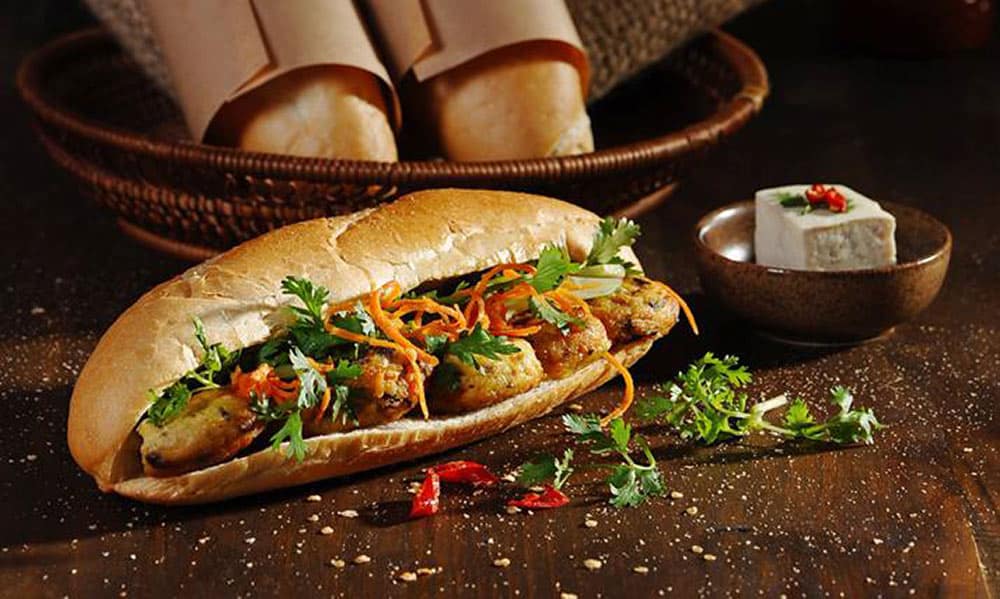
Popular non-spicy banh mi options:
-
Banh mi thit nguoi (cold cuts and pate)
-
Banh mi trung (fried egg sandwich)
-
Banh mi chay (vegetarian option)
This street food favorite is mild by default and suitable for kids and picky eaters.
🍚 3. Com Tam – Broken Rice with Grilled Pork
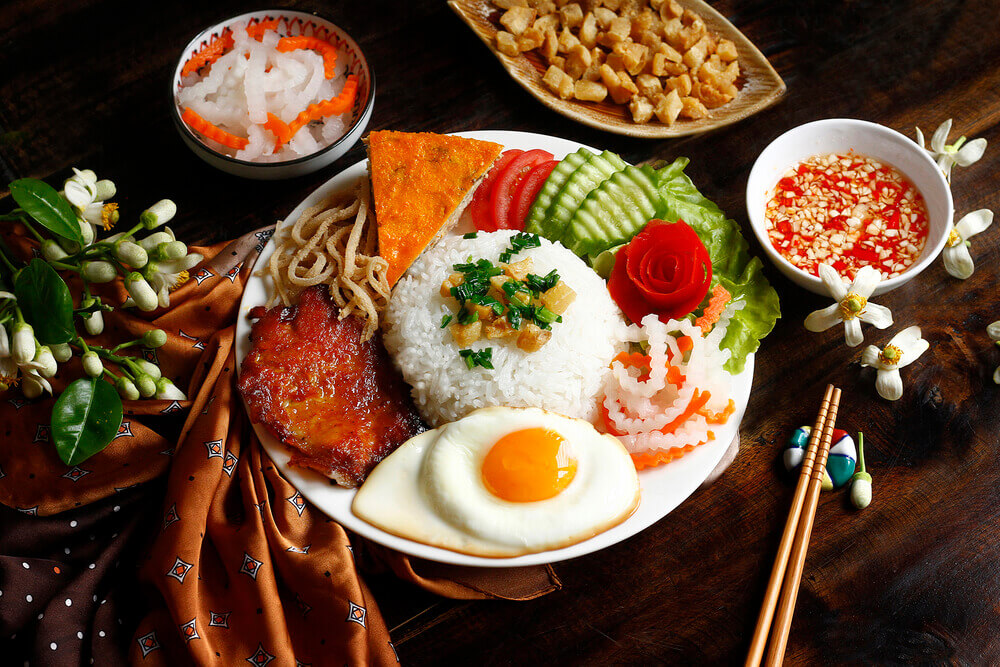
Com tam is a comforting dish made of fractured rice grains, usually served with grilled pork chop, shredded pork skin, egg meatloaf, and a fried egg. While it may come with a fish sauce-based dressing, it’s rarely spicy.
The sauce, called nước mắm pha, can include chili—but vendors often let you add it yourself. This dish is filling, flavorful, and naturally non-spicy.
🥬 4. Goi Cuon – Fresh Spring Rolls

If you’re looking for something light and healthy, goi cuon (also known as summer rolls or salad rolls) are a top choice. These rice paper rolls are filled with:
-
Vermicelli noodles
-
Fresh herbs
-
Shrimp or pork (or tofu for vegetarians)
-
Lettuce and bean sprouts
They’re typically served with hoisin-peanut sauce, which is sweet and mild. This is an ideal option for those avoiding spicy food while still enjoying authentic Vietnamese flavor.
🍳 5. Banh Cuon – Steamed Rice Rolls
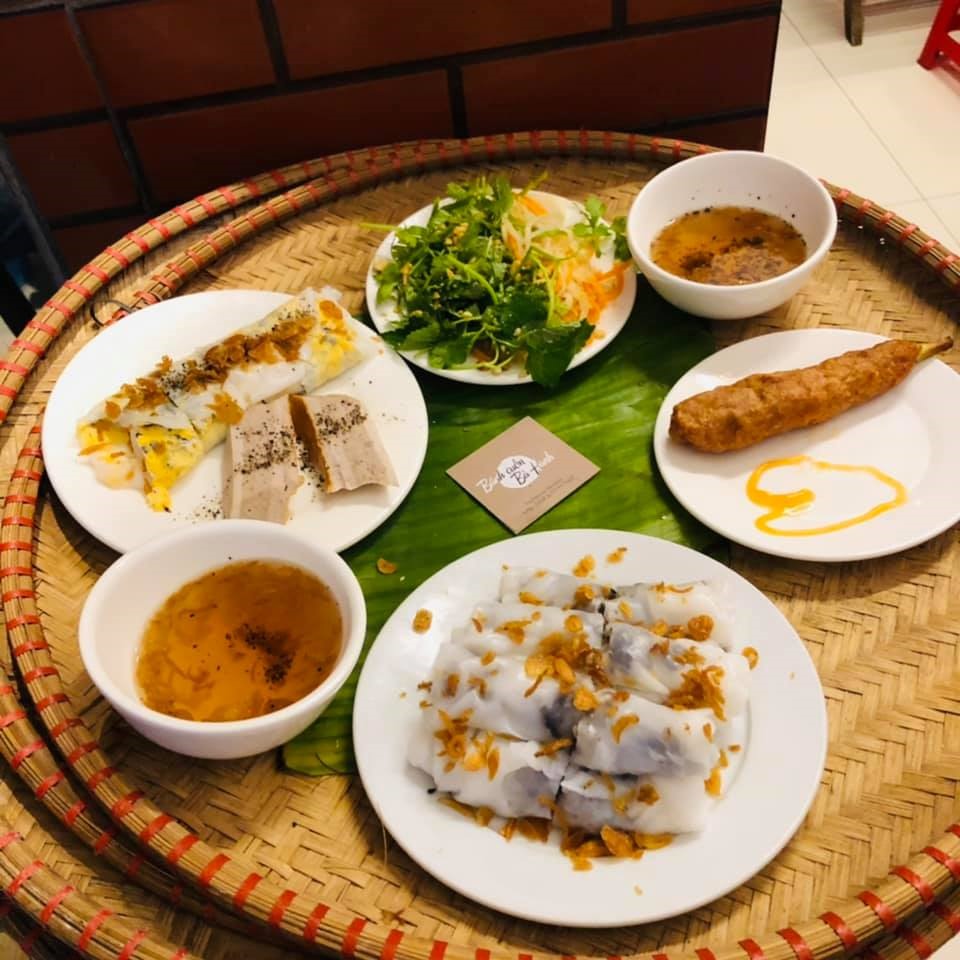
Banh cuon is a delicate and gentle dish, often eaten for breakfast or a light lunch. It consists of thin sheets of steamed rice batter filled with minced pork and wood ear mushrooms.
Topped with crispy shallots and served with a mild dipping sauce, banh cuon is ideal for anyone looking for Vietnamese dishes without chili. It’s soft, warm, and very easy on the stomach.
🐟 6. Ca Kho To – Braised Fish in Clay Pot
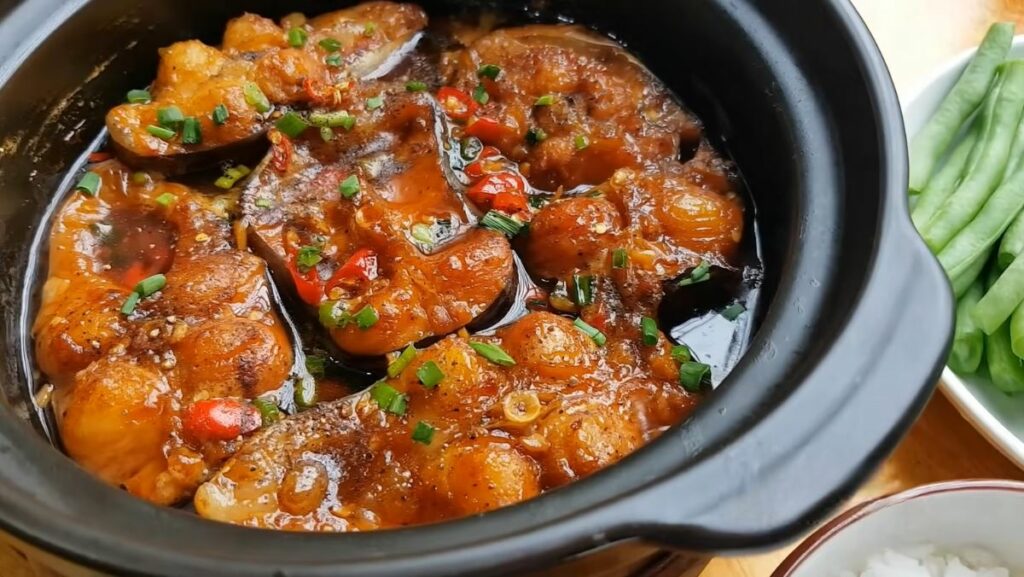
If you’re interested in traditional Vietnamese home cooking, ca kho to is a must-try. This dish features catfish or mackerel simmered in a savory-sweet caramelized sauce made of fish sauce, sugar, garlic, and black pepper.
While black pepper adds a slight kick, there’s no chili in the standard recipe. It’s typically served with white rice and pairs beautifully with a side of boiled greens.
🍲 7. Canh – Clear Vietnamese Soups
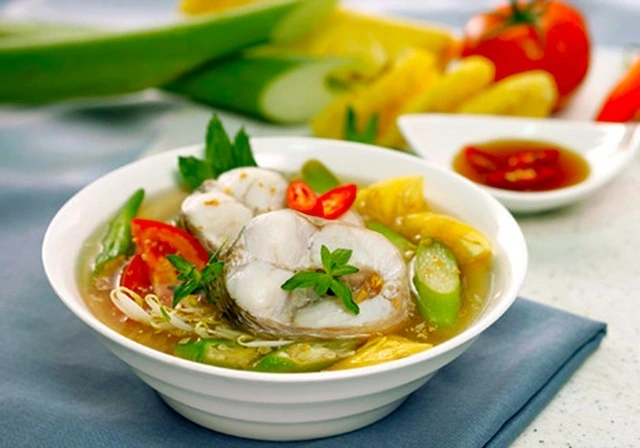
Canh refers to a variety of clear Vietnamese soups made with vegetables, tofu, or meat. Common options include:
-
Canh rau muong (water spinach soup)
-
Canh bí đỏ (pumpkin soup)
-
Canh chua (sour soup with tamarind and fish – can be spicy if requested)
These soups are often served as part of a family meal and are naturally non-spicy, especially when prepared for children or elders.
📝 Tips for Avoiding Spicy Food in Vietnam
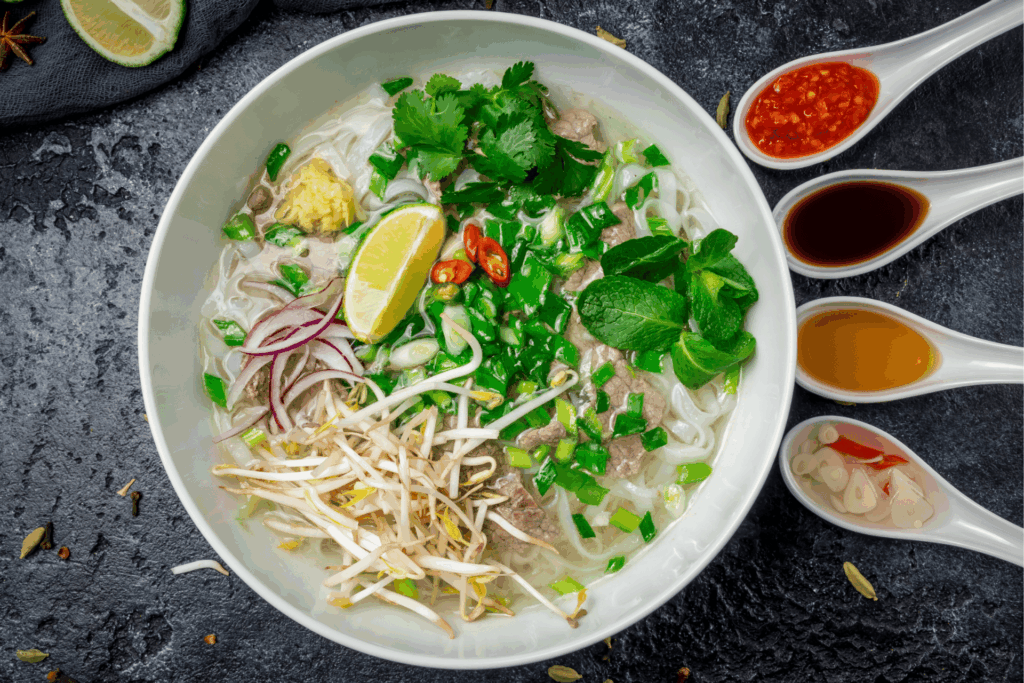
While many Vietnamese dishes are mild by nature, here are a few tips to ensure a spice-free experience:
-
🗣️ Say “không cay” (no spice) or “không ớt” (no chili) when ordering
-
🍽️ Avoid dishes with satế (chili oil paste) or visible red chili
-
🥣 Ask for sauces on the side, especially when trying new dishes
-
👨👩👧👦 Stick to traditional family meals, which are usually mild
🌏 Mild Doesn’t Mean Boring
Choosing non-spicy Vietnamese dishes doesn’t mean missing out. These meals still deliver bold flavors from herbs, fish sauce, and slow-cooked broths. Many of Vietnam’s most beloved dishes are naturally mild and can be enjoyed by everyone—from children and seniors to first-time tourists.
Whether you’re avoiding spice for health reasons or personal preference, Vietnamese cuisine offers plenty of delicious, safe, and satisfying options.
✅ Final Thoughts
Vietnamese cuisine is often misunderstood as spicy, but the reality is far more nuanced. In fact, most Vietnamese dishes are mild, fresh, and fully customizable. With a little awareness and the right choices, you can enjoy the best of Vietnam without the heat.
So next time you travel or explore a Vietnamese restaurant, don’t worry about spice—just get ready for a flavorful, non-spicy food adventure.
Related posts:
Is Vietnamese Food Spicy? A Friendly Guide for Every Taste
Why Is Vietnamese Food So Healthy? Discover the Secret Behind Vietnam’s Nutritious Cuisine
Vietnamese Food Culture: From Pho to Banh Mi
Vietnamese Food Guide: What to Eat in Vietnam for First-Time Visitors




